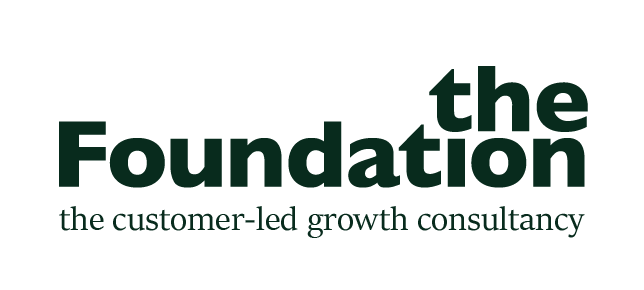Transport for London
Follow this link for a summary of the framework explaining why customer-led success is so rare and the journey organisations go on to get there. Each story uses this framework so if you’re not familiar with it or you want a reminder, it’s worth reading this first to make sense of descriptions of terms like ‘Burningness’ and ‘Moments of Belief’ which are crucial.
From the Second World War until the late 1980s, investment in public transport in London was limited, and much of the system fell into disrepair. Londoners avoided it because it was unreliable and expensive. But the creation of the mayoralty in 2000 alongside a decade of PPP-based capital investment in public transport meant that the network was being significantly improved just as London had started to boom again. The twenty-first century has seen relentless growth in the UK’s capital to a population of nine million people more enthusiastic about using, and so more reliant upon, public transport than almost any other city dwellers in the world. But despite high demand being in many ways a good thing, TfL’s capacity is largely fixed and the opening of a brand new train service, the Elizabeth Line, is a very rare injection of 10 percent extra rail capacity.
But, for London to remain a sustainable and liveable city for hundreds of years into the future, they need to keep public transport options working and attractive to provide affordable and reliable alternatives to car travel. TfL is responsible for London’s strategic road network (the boroughs run most roads in London) but they need to be the supporting act to effective public transport and walking and cycling, not the main event.
Serving customers well has been a core area of focus for TfL from the beginning. But given a tough backdrop and this huge human challenge, it has accelerated its customer thinking so that alongside its existing expertise in engineering and safety it has become an organisation that is genuinely customer-led.
